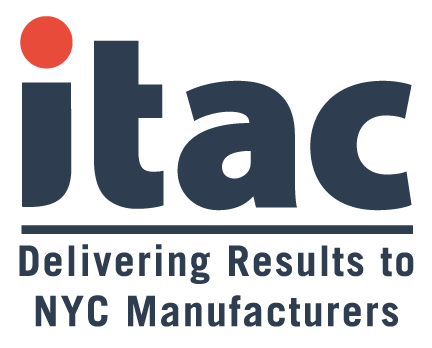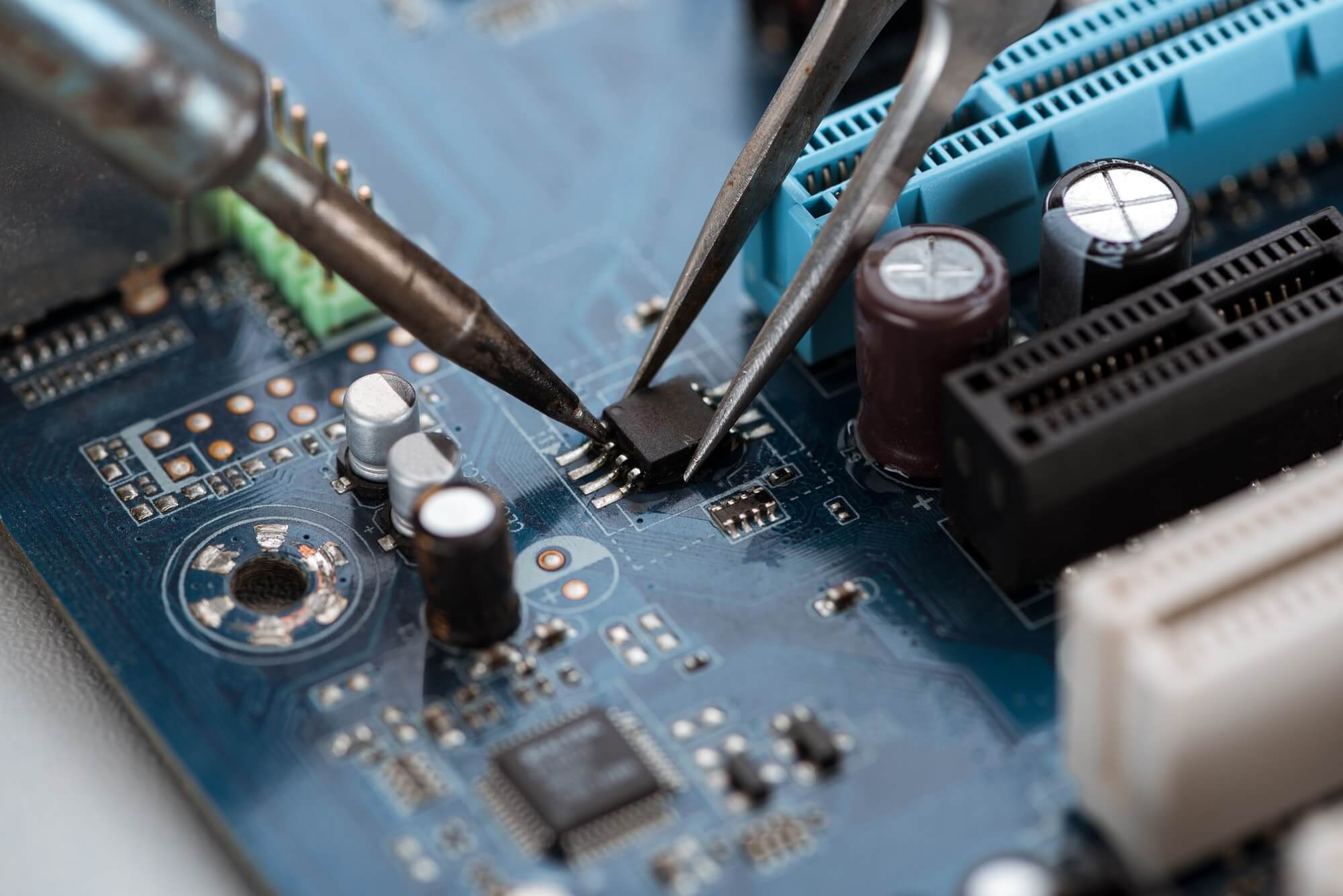Manufacturers swallowed a whirlwind of changes in 2019. Driven by tariffs, the brands that build our favorite products spent a significant portion of their efforts this year identifying new suppliers, moving supply chains, seeking loopholes in the regulations, and in some cases, lobbying for exceptions. In order to understand the key trends driving electronics manufacturing in 2020, it’s important to first understand what has happened over the last eighteen months.
Since the 15-25% tariff threat to electronics shipped to the United States from China began in mid-2018, brands have worked to avoid them. For the most part, they’ve been successful, but likely not in the way you might think. Many companies took advantage of a loophole in the tariff regulations that if at least two “transformations” took place outside of China, then the product didn’t count as being made in China, even if those words are stamped on the back. A “transformation” is a significant change that is made to the product — such as soldering chips on a printed circuit board (PCB), assembling the majority of the components, or adding a component that differentiates one SKU from another, like memory. So instead of moving everything, many companies decided to move pieces of their supply chains — such as PCB assembly — outside of China, while still keeping final assembly or another core transformation in place. The choice was a smart and calculated one: PCB assembly is highly automated, and while there is certainly skill and expertise involved, the human lift is much lower than what’s required to do final assembly for a 100 component cell phone. Transformations were moved to far flung corners of greater Southeast Asia, including Thailand, Malaysia, Vietnam, India, and the Philippines. Not everyone took advantage of the transformation trick, some companies decided to instead diversify their complete supply chain by making an exact copy outside of China that would explicitly make products for the North American market. Yet others, who were starting new programs from scratch or news lines of business, were most often looking to do so outside of China. Many China-based manufacturers opened up satellite factories in greater Asia to woo new customers who wanted the option to do development in China (where the know how is) and then transfer mature lines and process to a sister facility elsewhere.
Most supply chain leaders at electronics brands are entering 2020 feeling good about their post-tariff supply chains and, up until two weeks ago when coronavirus hit, were optimistic about the opportunities that the year would bring to take on new projects that had been put on hold for the last eighteen months at the supply chains were scrambled. As the CEO of a company that provides manufacturing optimization technology to electronics brands, from startups to companies in the Fortune 50, I interact with senior engineering and operations leaders who are driving critical decisions for their companies on a daily basis. From these interactions, I’ve distilled three trends driving choices in electronics manufacturing in 2020.
Distributed supply chains means distributed risk and distributed work
At the end of 2019, the global electronics supply chain is probably the most distributed it’s been since before the aughts. Brands have moved. With those moves, they’ve distributed risk. Whether those risks are geopolitical, forces of nature, or even something like the novel coronavirus — having the ability to build both inside and outside of China is a win for most companies. When asked if they would “go back” even if tariffs went away tomorrow, all four electronics brand supply chain leaders said no. In general, they all shared a similar view: they wanted to move for awhile, the tariffs enabled them to rip the band-aid, and now they can enjoy the benefits.
But there are real downsides too. By doing the “transformation trick”, brands have taken on much higher levels of complexity and longer lead-times since transformations that used to take place in separate rooms or buildings are now happening in separate countries. Instead of one line, they have two. Instead of a six week supply chain, they have inserted an extra two week shipment and customs step. These changes will cause pain for the brand: the same team that supported one factory last year is now being asked to support a distributed group of factories. Distributed oversight is becoming a necessity in 2020. Companies will turn to building large local teams or employing technology that enables remote visibility. With greater visibility and more data, engineers who have usually had to parse data from giant spreadsheets will demand tools that provide contextual presentation – like dashboards, heatmaps, and reports.
Opening up to the Cloud
Remote visibility across the supply chain requires cloud-based technologies. While the cloud is something that other industries have been leveraging for decades, manufacturers have resisted in favor of “more secure” on premises data systems.
Five years ago, I was invited to a meeting at a major automotive manufacturer. The customer team had a great need for the product I was selling, but when I shared that it was cloud-based, it was like someone had popped a balloon in the room: it was a non-starter. Data security and trade secret protection were the main justification (albeit, flawed, but that’s an argument for another time). Every company “has a price” when it comes to making a change that overturns a decade of status quo, and over the last few years, the cloud had finally started to trigger it for manufacturers. In light of an ever increasing distribution of the supply chain, use of the cloud is no longer optional. It’s not practical to have an isolated on-premises system that spans three or more suppliers in different locations — only the cloud can do that.
In the last eighteen months, I’ve seen a dramatic shift: the cloud is okay. Whether someone finally called in professional security engineers, or the business need was too big to pass up, companies are spinning up their own cloud databases and working with cloud-based service providers that they shunned for years. Everyone’s got an S3 bucket these days (Amazon’s data storage product), even companies that sell their own competing cloud services, running specialized software that the business case was too good to pass up. The cloud will offer completely new ways of aggregating and transforming manufacturing data across oceans. Even early implementations I’ve seen across several electronics brands have already generated millions of dollars in efficiency gains in the last several months.
Sustainability is good for business
For years, sustainability in electronics manufacturing was lip service. We use post-consumer recycled content plastic! (In the smallest, non-cosmetic parts only). Our product can be recycled! (But with a separation process that requires a room-sized robot.) Definitions vary, but essentially sustainability puts a focus on using non-toxic materials and processes, recyclable parts, and reducing carbon emissions. An unpopular addition includes building products designed to last many years – as this is very challenging to align with business goals to sell more products.
In 2017, Greenpeace produced a report showing that the electronics industry has a lot of work to do in improving the sustainability of their products – and particularly their manufacturing processes, which for a smartphone as an example, can represent 80% of the total product lifecycle carbon footprint. As the youngest Millenial’s graduate from college this year, the “climate change generation” is coming into its prime spending years. 73% of Millenials are willing to spend more for sustainable products, and electronics brands are taking notice (the top ten all have dedicated sustainability landing pages, and smaller brands are leaning in as well).
While the data suggests sustainability is good for marketing, it can also be good for business. As brands take on these initiatives, they are realizing that improving old-fashioned manufacturing metrics like yield and repair success rate, reduces physical scrap and enables manufacturers to buy fewer parts to make the same number of finished units. In an industry where final assembly yields can be as low as 85% in production, there’s a lot of opportunity to bank some savings for both the business and the environment.
Looking forward while looking back
Any discussion of technology trends in manufacturing in 2020 would be remiss without touching on Industry 4.0. As we stand, it seems the Industry 4.0 buzzword bubble has finally started to pop. It’s a bit ironic that as the industry takes a definitive step towards the intended vision of Industry 4.0, it’s taken a clear step back from the term itself. Electronics brands and their manufacturing partners are realizing they can drive better business outcomes today by focusing on technology that will enable them greater visibility, traceability, and ultimately one day, optimization.
The Insight is from Forbes.com. You can read the full article by clicking here.






